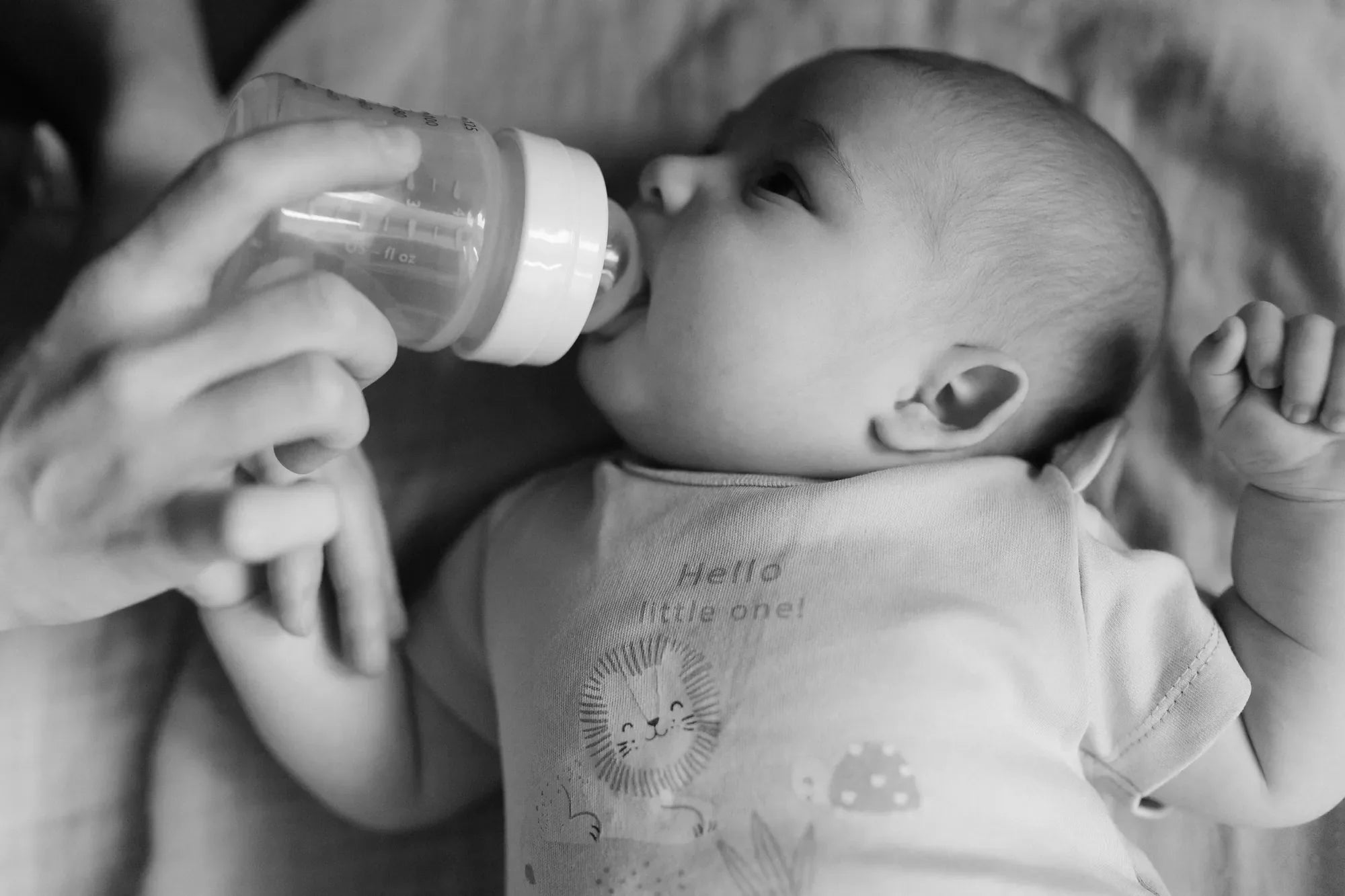Home
Pregnancy, Breastfeeding, and Pumping: The Ultimate Guide for Moms
How to Help Engorged Breasts When Pumping: A Comprehensive Guide

How to Help Engorged Breasts When Pumping: A Comprehensive Guide
Engorged breasts can be a painful and frustrating experience for many pumping mothers. The discomfort, coupled with the challenges of maintaining milk supply, can make the process overwhelming. However, with the right strategies, you can alleviate the pain and make pumping a more comfortable experience. This guide will walk you through practical steps to help engorged breasts when pumping.
Understanding Engorged Breasts
Engorgement occurs when the breasts become overly full of milk, leading to swelling, tenderness, and sometimes even pain. This condition is common in the early days of breastfeeding or pumping, as your body adjusts to milk production. Engorgement can also happen if you miss a pumping session or if your baby suddenly changes their feeding pattern. Understanding the causes can help you take proactive steps to manage the condition.
Effective Pumping Techniques
One of the most effective ways to relieve engorged breasts is by using proper pumping techniques. Start by ensuring that your pump is set to the correct suction level. Too much suction can cause additional discomfort, while too little may not effectively remove the milk. Begin with a lower suction level and gradually increase it to a comfortable setting. Pumping for shorter, more frequent sessions can also help prevent engorgement. Aim to pump every 2-3 hours, even if it's just for a few minutes.
Warm Compresses and Massage
Applying a warm compress to your breasts before pumping can help soften the tissue and make it easier to express milk. The warmth encourages milk flow and can reduce the discomfort associated with engorgement. After applying the compress, gently massage your breasts in a circular motion, starting from the outer edges and moving toward the nipple. This can help break up any blockages and stimulate milk flow. Combining warm compresses with massage can significantly improve your pumping experience.
Cold Compresses for Relief
While warm compresses are beneficial before pumping, cold compresses can provide relief after a session. Applying a cold compress to your breasts can help reduce swelling and numb the pain. You can use a cold pack, a bag of frozen peas, or even a chilled washcloth. Make sure to wrap the cold compress in a thin cloth to protect your skin. Cold compresses are particularly useful if you experience severe engorgement or if your breasts remain tender after pumping.
Proper Hydration and Nutrition
Staying hydrated is crucial for maintaining milk supply and preventing engorgement. Drink plenty of water throughout the day, especially before and after pumping sessions. Proper nutrition also plays a vital role in milk production. Include foods rich in vitamins, minerals, and healthy fats in your diet. Oats, flaxseeds, and leafy greens are known to support lactation. Avoiding caffeine and alcohol can also help maintain a healthy milk supply and reduce the risk of engorgement.
Wearing Supportive Bras
Wearing a supportive bra can make a significant difference in managing engorged breasts. A well-fitted bra provides the necessary support and can help reduce discomfort. Avoid bras that are too tight, as they can restrict milk flow and exacerbate engorgement. Opt for bras made from breathable fabrics that allow for proper air circulation. Some mothers find that wearing a nursing bra with adjustable straps and a soft lining provides the best comfort and support.
Expressing Milk Manually
In addition to using a pump, manual expression can be an effective way to relieve engorgement. Manual expression allows you to control the pressure and rhythm, which can be gentler on your breasts. To manually express milk, place your thumb and fingers around the areola and gently squeeze, moving your hand toward the nipple. Repeat this motion around the breast to ensure all areas are emptied. Manual expression can be particularly useful if you're experiencing pain or if your pump isn't effectively removing milk.
Rest and Relaxation
Stress and fatigue can negatively impact milk production and exacerbate engorgement. Make sure to get adequate rest and take time to relax. Incorporate relaxation techniques such as deep breathing, meditation, or gentle stretching into your daily routine. Creating a calm and comfortable environment for pumping can also help. Play soothing music, dim the lights, or use aromatherapy to create a relaxing atmosphere. Taking care of your mental and physical well-being is essential for managing engorgement.
Seeking Professional Help
If you're struggling with severe engorgement or if the pain persists despite trying various techniques, it may be time to seek professional help. A lactation consultant can provide personalized advice and support. They can assess your pumping technique, suggest adjustments, and recommend additional strategies to manage engorgement. In some cases, medical intervention may be necessary to address underlying issues such as blocked ducts or mastitis. Don't hesitate to reach out for help if you need it.
Managing engorged breasts when pumping doesn't have to be a daunting task. By incorporating these strategies into your routine, you can alleviate discomfort and maintain a healthy milk supply. Remember, every mother's experience is unique, so it may take some trial and error to find what works best for you. With patience and persistence, you can make pumping a more comfortable and rewarding experience.
Share

